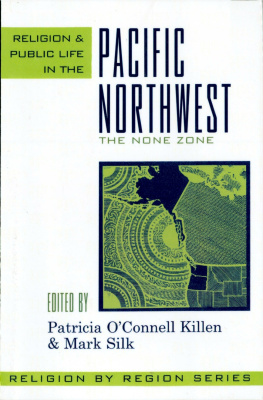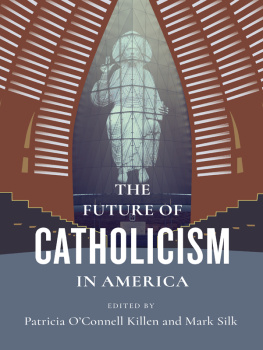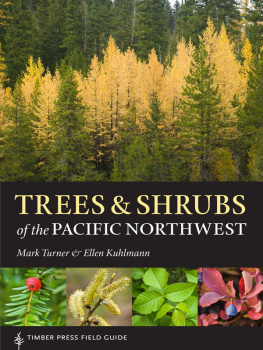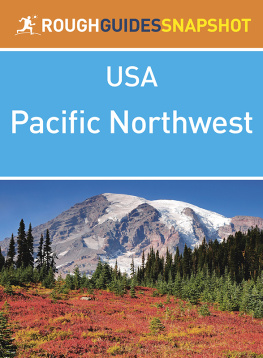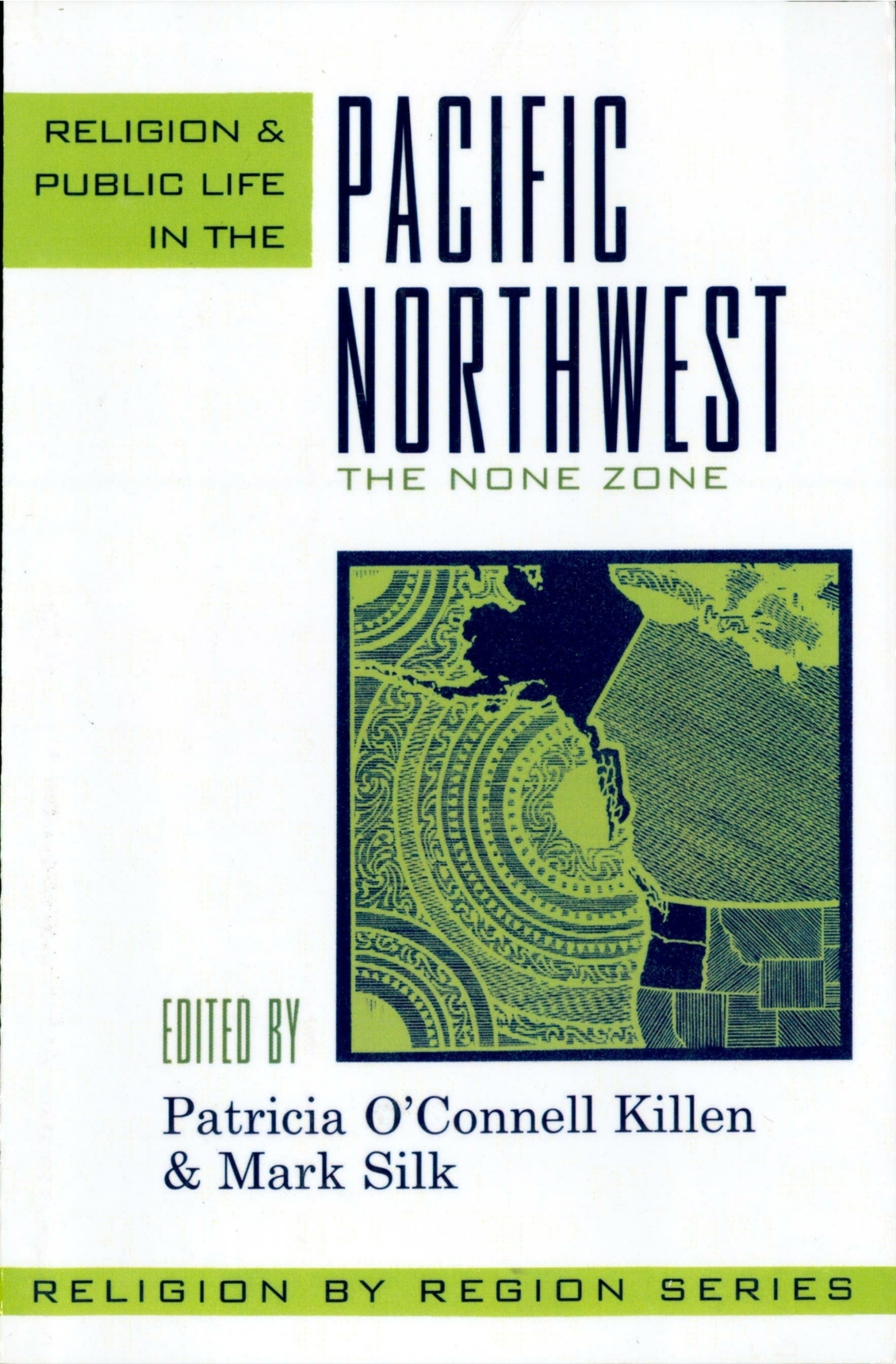APPENDIX
I n order to provide the best possible empirical basis for understanding the place of religion in each of the religions of the United States, the Religion by Region project contracted to obtain data from three sources: the North American Religion Atlas (NARA); the 2001 American Religious Identification Survey (ARIS); and the 1992, 1996, and 2000 National Surveys of Religion and Politics (NSRP).
NARA For the Project, the Polis Center of Indiana University-Purdue University at Indianapolis created an interactive Web site that made it possible to map general demographic and religious data at the national, regional, state-by-state, and county-by-county level. The demographic data were taken from the 2000 Census. The primary source for the religious data (congregations, members, and adherents) was the 2000 Religious Congregations and Membership Survey (RCMC) compiled by the Glenmary Research Center. Because a number of religious groups did not participate in the 2000 RCMSincluding most historically African-American Protestant denominationsthis dataset was supplemented with data from other sources for adherents only. The latter included projections from 1990 RCMC reports, ARIS, and several custom estimates. For a fuller methodological account, go to http://www.religionatlas.org .
ARIS The American Religious Identification Survey (ARIS 2001), carried out under the auspices of the Graduate Center of the City University of New York by Barry A. Kosmin, Egon Mayer, and Ariela Keysar, replicates the methodology of the National Survey of Religious Identification (NSRI 1990). As in 1990 the ARIS sample is based on a series of national random digit dialing (RDD) surveys, utilizing ICR, International Communication Research Group in Media, Pennsylvania, national telephone omnibus services. In all, 50,284 U.S. households were successfully interviewed. Within a household, an adult respondent was chosen using the last birthday method of random selection. One of the distinguishing features of both ARIS 2001 and NSRI 1990 is that respondents were asked to describe themselves in terms of religion with an open-ended question: What is your religion, if any?.
NSRP The National Surveys of Religion and Politics were conducted in 1992, 1996, and 2000 at the Bliss Center at the University of Akron under the direction of John C. Green, supported by grants from the Pew Charitable Trusts.
Together, these three surveys include more than 14,000 cases. Eight items were asked in all three surveys (partisanship, ideology, abortion, gay rights, help for minorities, environmental protection, welfare spending, and national health insurance). The responses on these items were pooled for all three years to produce enough cases for an analysis by region. These data must be viewed with some caution because they represent opinion over an entire decade rather than at one point in time. A more detailed account of how these data were compiled may be obtained from the Bliss Institute.
Endnote
In the 1990 NSRI survey, the question wording was: What is your religion? In the 2001 ARIS survey, the phrase, ...if any was added to the question. A subsequent validity check based on cross-samples of 3,000 respondents carried out by ICR in 2002 found no statistical difference between the pattern of responses according to the two wordings.
CONCLUSION
RELIGIOUS FUTURES IN THE NONE ZONE
Patricia OConnell Killen
I n the Pacific Northwest most people do not participate in a church, synagogue, temple, or mosque, and never have. This central fact shapes everything else about religion here. For two centuries the region has forced successive waves of immigrants to rethink their religiousness for this setting, where currently the single largest denomination claims barely 11 percent of the population and no other denomination or religious family claims even 5 percent. Religions become a force in public life here only through alliances that appeal successfully to the unchurched population. These alliances coalesce, experience stress, and are reconfigured as part of a larger process of political, social, economic, environmental, and cultural change. In todays context of significant and disruptive change that is remaking the region, late-twentieth-century religious trends are converging with the Pacific Northwests distinctive culture to reshape religions public presence.
The Pacific Northwest is now the site of a visible, on-going cultural conflict in which an evangelical cluster and a spiritual environmental cluster constitute centers of religious gravity. Neither has the power to govern public policy on any issue without attracting allies from among the unaffiliated and other clusters of religious communities. Yet, the chasm between their worldviews and sensibilities feeds a highly polarized public discourse that complicates alliance building. The contest between evangelicals and spiritual environmentalists is testing the durability of the regions social fabric.
The ascension of these two clusters in public life during the last 20 years of the twentieth century is driving realignment in the relative power, visibility, and coherence of all four clusters described in this volume. That realignment is repositioning the mainline Protestant. Catholic, and Reform and Conservative Jewish cluster and creating challenges for ethnic religious communities. Yet, in the midst of this realignment, long-standing patterns in the regions religious environment continue to shape religions public presence and point toward future developments. Important for understanding current conflicts are a pattern of testing the limits of individual freedom and social control as well as a pattern of alternating impulses between cooperation across boundaries of religious communities and a sharpening and hardening of boundaries to clarify identity and protect membership. Particularly significant for the future is the regions pattern of innovation in forms of religious organization. All three are endemic to an open religious environment.
Theologically Based, Civic-minded Mainline
Mainline Protestant, Roman Catholic, and Reform and Conservative Jewish communities continue to be important in the regions public life even as they negotiate internal stresses and social trends that have affected their public visibility and influence. A significant recent demonstration of the mainline clusters ongoing vitality occurred from November 30 through December 3, 1999 in Seattle, when a World Trade Organization (WTO) meeting, intended to celebrate the spread of global commerce, was effectively shut down by the largest rally of its kind in modern history. Mainline religious communities, in partnership with Buddhists, Muslims, followers of indigenous religions, and Nones, joined organized labor, students, and non-governmental organizations to stage a protest that changed the protocols for all future WTO meetings and made Seattle synonymous with anti-globalization sentiment.
Most of the news coverage overlooked religions role in the protest. In the months leading up to the WTO meeting, Seattle churches and ecumenical and inter-faith groups prepared by sponsoring educational forums on global justice, arranging housing for the homeless who would be displaced, and recruiting members to march. During the demonstrations churches provided food, shelter, and other services to protesters; opened their buildings as venues for non-governmental organization (NGO) presentations; hosted inter-faith prayer vigils; and negotiated with police over treatment of demonstrators. In all of this, the regions religiously civic-minded communities welcomed protesters who would never darken the door of a church, synagogue, temple, or mosque as companions who shared with them a purpose that transcended individual lives and narrow self-interest.

